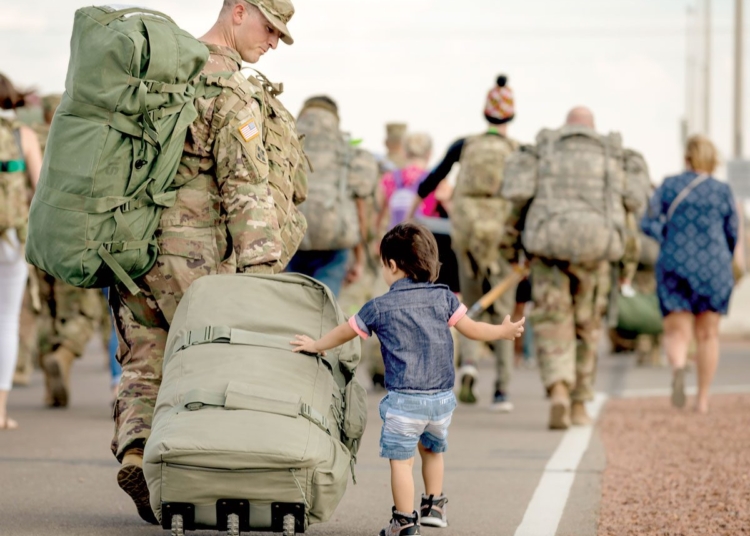In an era of rapidly advancing technology, modernizing the military is essential to effectively combat modern threats. However, striking a balance between innovation and tradition is crucial to ensure efficiency and effectiveness. Embracing new technologies such as drones, cyber warfare, and artificial intelligence can provide a significant advantage on the battlefield, but the high cost and need for adaptation pose challenges. By integrating new technologies while preserving valuable traditions, the military can create a cohesive and formidable force. Collaboration and integration among different branches and organizations are key to driving innovation and enhancing overall capabilities. Ultimately, modernization requires a strategic approach that leverages both innovation and tradition to meet the demands of the modern world.
Modernizing the Military: Balancing Innovation with Tradition
As technology advances at an unprecedented rate, the military must also evolve to keep pace with modern threats and challenges. However, the task of modernizing the military is not as simple as embracing every new technology that comes along. It requires a delicate balance between innovation and tradition to ensure that the military remains effective and efficient in fulfilling its mission.
The Importance of Innovation
Innovation in the military is crucial for maintaining a competitive edge on the battlefield. New technologies such as drones, cyber warfare, and artificial intelligence have the potential to enhance military capabilities and give troops a significant advantage over adversaries. Embracing these technologies can help the military to operate more efficiently, reduce casualties, and achieve mission objectives more effectively.
Challenges of Innovation
Despite the clear benefits of innovation, there are also challenges that must be addressed when modernizing the military. One of the main challenges is the high cost of developing and implementing new technologies. The military must prioritize its investments in innovation to ensure that it is getting the most value for its money.
Adapting to Change
Another challenge of innovation is the need to adapt to new ways of operating. Modern technologies require new skills and training for military personnel, as well as changes in tactics and strategy. It is essential for the military to provide the necessary training and education to ensure that troops are prepared to use new technologies effectively.
The Role of Tradition
While innovation is important, tradition also has a valuable role to play in the military. Tradition provides a sense of identity and continuity for military personnel, helping to build cohesion and morale within units. It also helps to preserve important practices and customs that have been passed down through generations.
Bridging the Gap
To successfully modernize the military, it is essential to bridge the gap between innovation and tradition. This can be achieved by leveraging the strengths of both approaches to create a balanced and effective military force. By combining new technologies with proven tactics and strategies, the military can ensure that it remains prepared for any future challenges.
Integration and Collaboration
Collaboration between different military branches and organizations is also crucial for modernization. By working together, the military can share resources, expertise, and best practices to drive innovation and improve overall capabilities. Integration of new technologies and practices into existing structures can help to streamline operations and enhance effectiveness.
Conclusion
In conclusion, modernizing the military requires a careful balancing act between innovation and tradition. By embracing new technologies while respecting the lessons of the past, the military can maintain its effectiveness and readiness in the face of evolving threats. Collaboration, integration, and adaptability are key to ensuring that the military remains a formidable force in the modern world.













